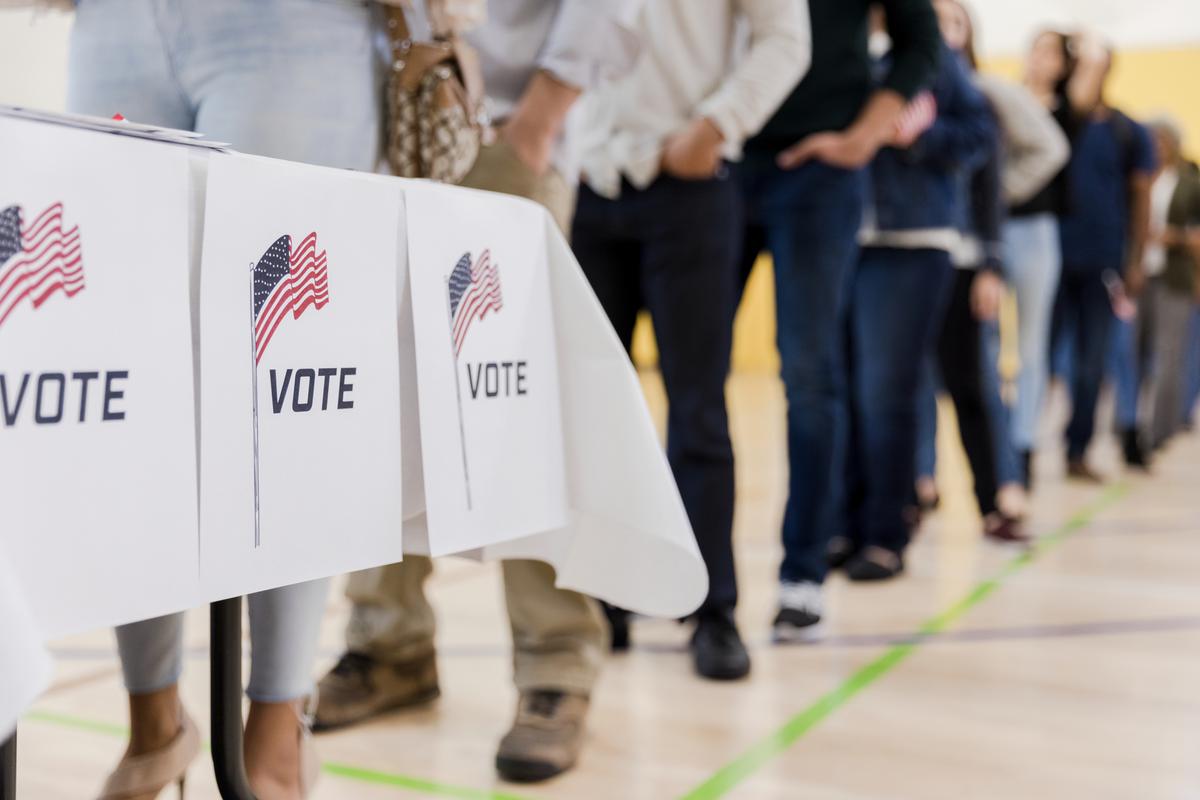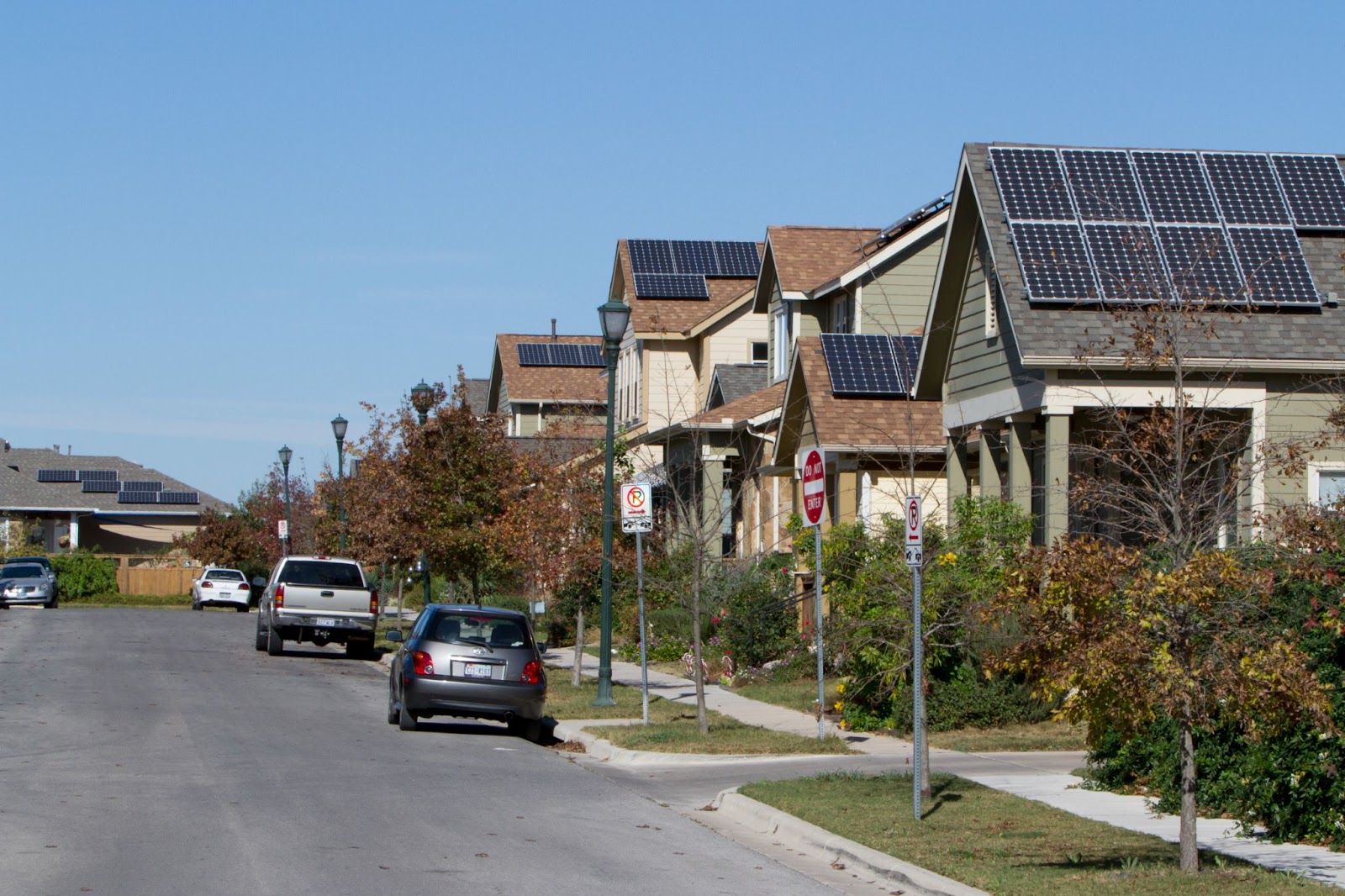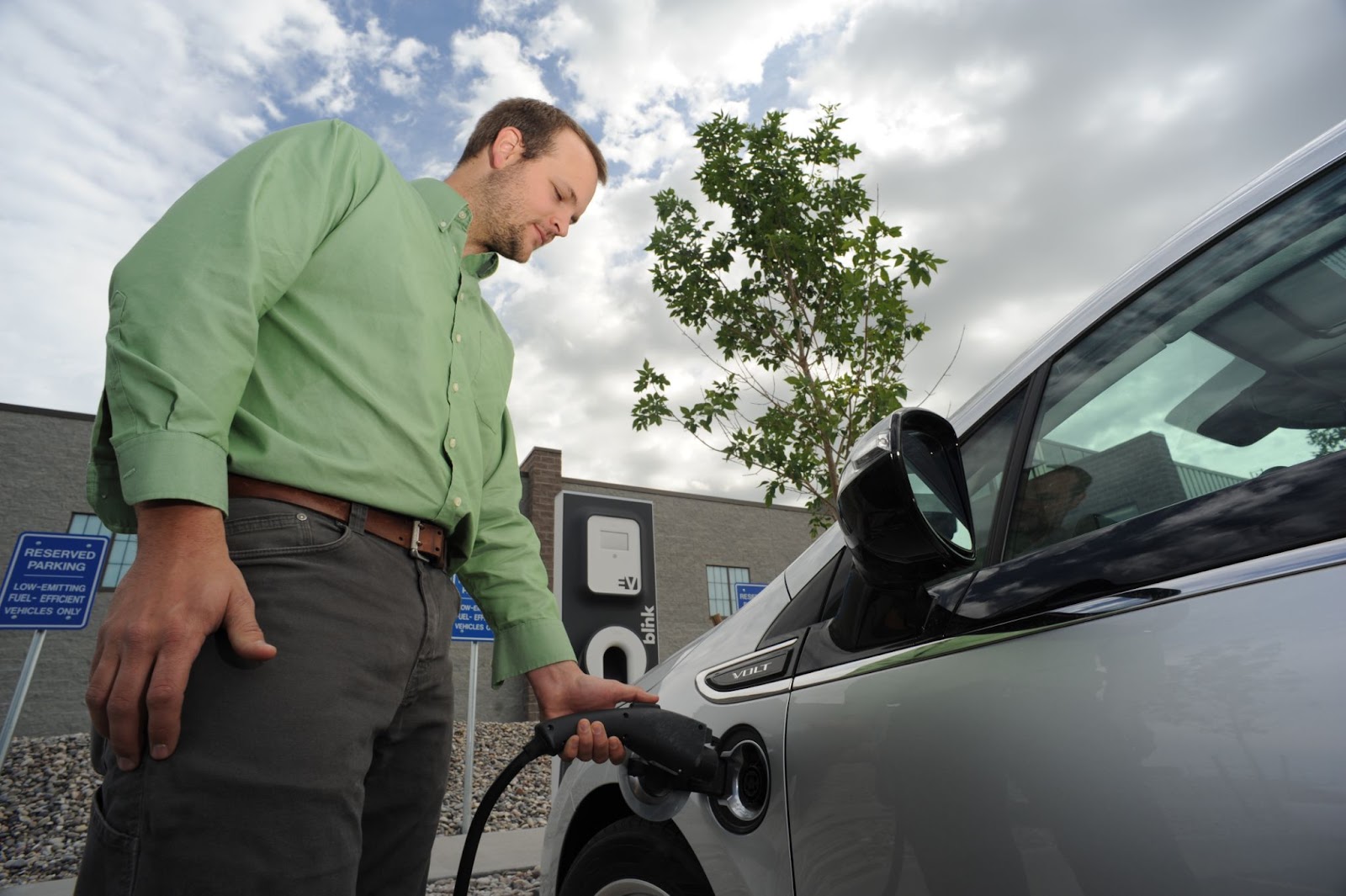By Andrew Huang
Short answer: you can’t.
Long answer: it’s much easier than you think.
If you fall in the bucket of “I want to live more sustainably, but I don’t know what’s effective,” you’re not alone.
The biggest myth is corporations moving the blame to individuals — much of greenhouse gas emissions cannot just be up to single people to change. It’s increasingly difficult to understand what is going to realistically make the difference. Collectively, we can encourage corporations to decrease macro-economic output. When we all work together, we can push for businesses and agencies to reduce their carbon footprint made up of excess food production and overconsumption of energy, and ultimately make the world more sustainable.
I’ve compiled a “bucket-list” of things that anyone can do to effectively improve our climate outcomes. Each goes from simple to more difficult to do. Realistically, you can work up to meeting all of these as you go through life:
Political

Photo by iStock.com/SDI Productions
-
It’s a complex systemic problem — governments need to be backing these causes. You have immense power by simply choosing the right politicians with proper climate policy.
-
Have conversations. Talk to your parents, friends, teachers, colleagues and spread knowledge across. The first step is becoming informed.
-
Vote. We need candidates that fight every day for the climate. Local elections have wider implications, and it’s not just about the earth — climate change affects already-marginalized communities the most.
-
Activism. Stay updated and fight for what’s right. We can have a massive impact united.
Diet
Photo by Emma Brown
-
Food waste. Around a third of the food we purchase goes to waste. Try to purchase less, more often; ensure you eat the food you purchase.
-
Food waste is inevitable; compost what you can’t eat. Many cities and towns offer reduced cost compost bins. If you aren’t able to do it yourself, you can find a free drop-off location, or pay for a service to collect your scraps.
-
Go local—eating locally grown foods is a substantial way to reduce your personal footprint. Check out a local farmer’s market, co-op grocery store, etc
-
No cows? Cows emit a massive amount of methane. Whenever you have a choice, try choosing a different meat. Avoid lamb for your next step. If you do choose to eat meat, try to purchase locally, pasture-raised meats.
-
Go vegetarian. Vegetarianism or Veganism is a massive jump for many people. But ask yourself: what’s stopping you? Remember that as you go through your journey in life.
Energy Sources

Photo by Al Braden
-
We’re at a point where all of our electricity consumption can theoretically come from green sources. However, it’s difficult to instantly transform. Do your part to make that transition.
-
Electric! Going electric with your appliances at home isn’t as hard as you might imagine. Instead of natural gas or propane, try installing electric heaters or dryers. There are many programs to offset the initial costs of electric appliances or energy sources.
-
Green Electric!! Install solar panels and become self-sufficient. Or ask your electricity provider for green options. Does your city/town have a community choice energy program? If so, opt into a higher green energy mix. Is there a community solar program available to you?
Transportation

Photo by U.S. Department of Energy
-
New car? If you’re thinking of your next car, consider going electric or hybrid. Cars directly emit CO2. Or at least carpool if you can!
-
Reduce flying as much. A single flight can sometimes be as much emissions as months of your current lifestyle. Making a drive or train ride instead can cut it down by a lot.
-
Opt for public transportation when you can.
Remaining

Photo by Jordana Sheara for The Luupe
-
We can strive for no carbon emissions, but it’s definitely not easy or possible all the time. Where do you strike that balance? Something is definitely better than no action.
-
Offset your carbon footprint. Sometimes it’s not possible to not fly or drive at all. What you can do is use a calculator like Wren and offset your emissions.
-
Take action yourself. Plant trees or volunteer. You’re in control!
As you can tell, most of these are not as difficult as you might imagine. Most of them will also have a net improvement on your health and save costs as well.
We can all make a change.
References:
GHG Emissions and Mitigation Policies | mass.gov.
Fast Facts on Transportation Greenhouse Gas Emissions | epa.gov
How to Cut Food Waste and Maintain Food Safety | fda.gov
Andrew Huang is the 2022 Communications Intern with the Sierra Club Massachusetts Chapter.